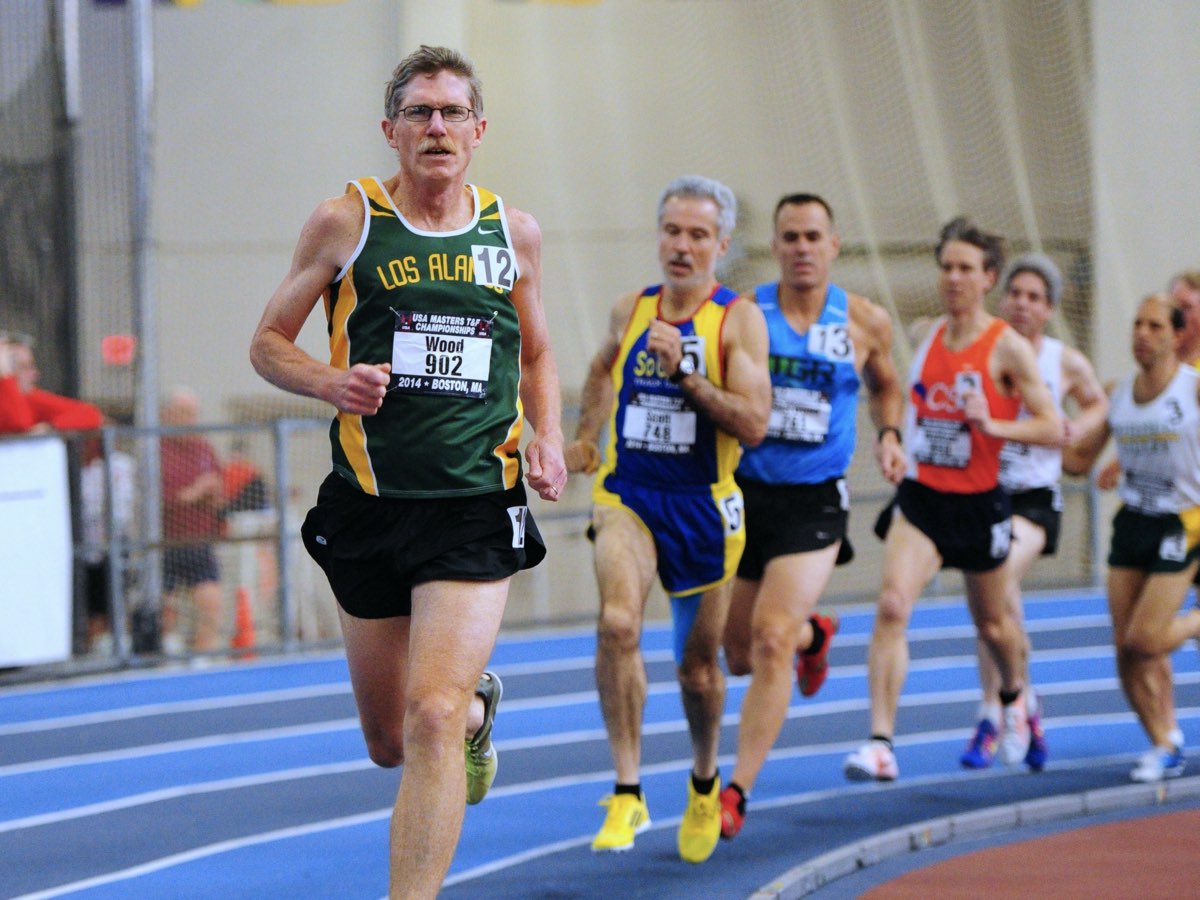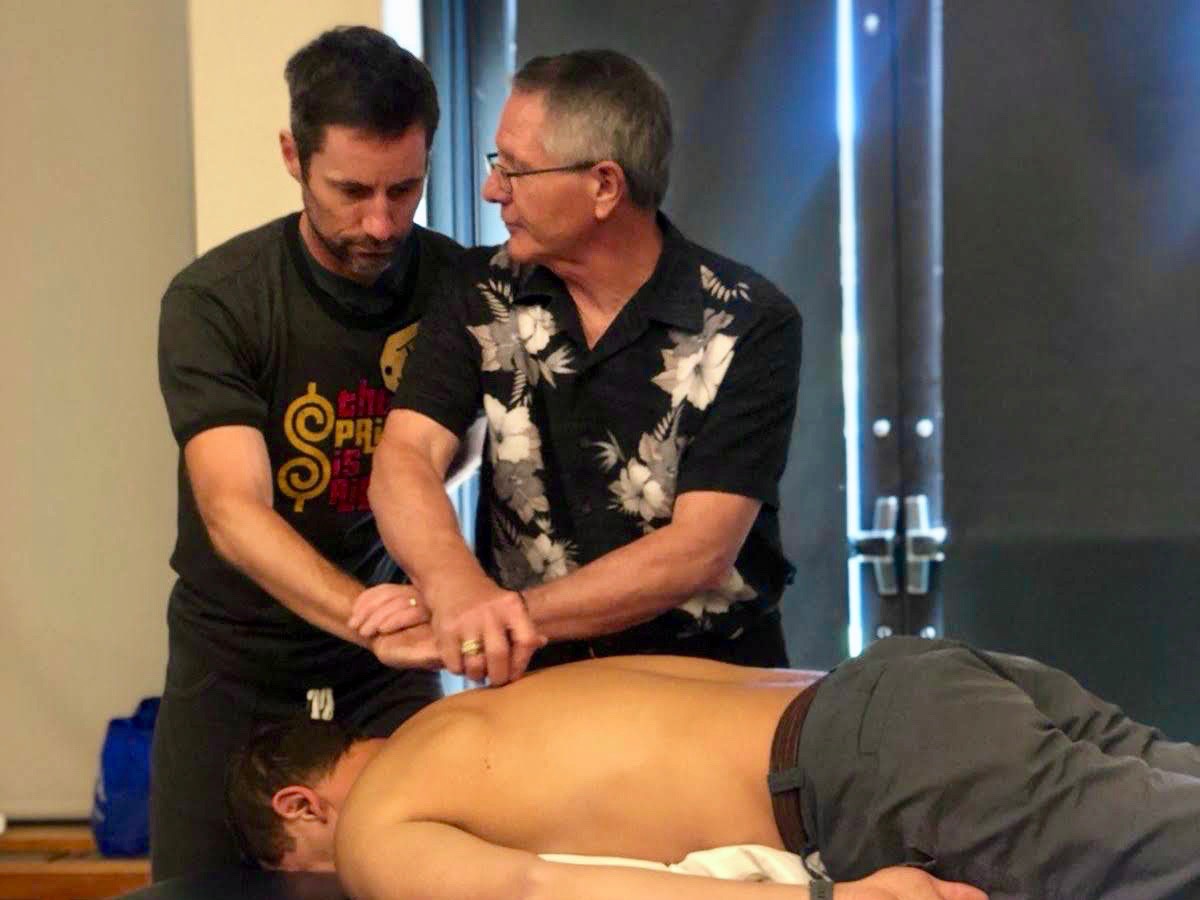 As I approach 10 years as a columnist for this fine publication, 12 as a licensed physiotherapist, nearly 20 as a coach, and — gasp! — about 30 as a runner, my concept of what it takes for healthy, sustainable running becomes increasingly clear. During those years I’ve had the privilege of racing against, treating, coaching, and otherwise observing many runners who are not only among the very best, but who are also the most consistent, healthy, and happy. As the runners in my care and I get older, it becomes a greater priority to cherish and protect our ability to run.
As I approach 10 years as a columnist for this fine publication, 12 as a licensed physiotherapist, nearly 20 as a coach, and — gasp! — about 30 as a runner, my concept of what it takes for healthy, sustainable running becomes increasingly clear. During those years I’ve had the privilege of racing against, treating, coaching, and otherwise observing many runners who are not only among the very best, but who are also the most consistent, healthy, and happy. As the runners in my care and I get older, it becomes a greater priority to cherish and protect our ability to run.
As a coach in particular, my first official meeting with a prospective client begins by going over the roadmap of success, created from that acquired wisdom. That roadmap can be summarized by the rest of this article, these 10 commandments of healthy running, which we list in general order of importance. Take note that we also offer you links to previously published articles to learn more about each commandment.

Eva Sperger, of Germany, and locals enjoying the race at the 2018 Trail World Championships in Spain. Photo: iRunFar/Kirsten Kortebein
1. Find and Maintain Your Best Stride
How we run plays the biggest role in how we feel. Nothing else, step-for-step, has a bigger input. An efficient running stride creates top speed, maximum endurance, the least amount of impact stress, the fastest recovery, and – when all that is combined – is the most fun. As such, mechanical efficiency is top priority.
Resources:
- Better Living Through Efficient Running
- [Hu]man in the Mirror: Running Stride Self-Assessment
- The Efficiency Rule
- Look Fast, Feel Fast: Stride Optimization for the Long Run
2. Balance Hard and Easy Training
Our physiological systems require a balanced approach to activity, whereby only a portion of our overall activity should be high intensity. The remainder should be low intensity. The metabolic consequence of a balanced hard-easy training load is a system that is skilled at producing large amounts of energy for fast, hard efforts, as well as fat metabolism to propel us for endurance runs and beyond.
When the body has an impaired ability to metabolize fat, it over-relies on sugar metabolism, which is a more stressful physiological process. Hitting that gear repetitively, without rest, can cause substantial metabolic and hormonal stress that can not only fatigue our various internal systems, but it also chemically weaken orthopedic tissues, predisposing to mechanical injury.
Resources:
- Painting Bridges: Chemical Stress in a Running Injury
- Steep and High: Aerobic Training Strategies for Mountains and Altitude
- Listen to Your Heart: Tips for Navigating Heart-Rate Training
- An Inconvenient Truth: Why Heart Rate Always Matters
3. Stay Mobile
Mobility is a crucial element for efficient movement. Our body needs to move in a particular way, with relatively low resistance, for fast and far running with minimal wasted energy. How mobile? Every person is different, but there are foundational metrics for running for all the key areas, including our spine, hips, knees, feet, and ankles. Each runner should know their ideal — or at least typical — mobility at these joints and closely monitor for any changes or degradation. Stretch what you need to, when you need to, to maintain a free-flowing stride.
Resources:
- Performance Mobility, Part 1: Introduction and Hip Flexion and Extension Mobility
- Performance Mobility, Part 2: Trunk Rotation
- Performance Mobility, Part 3: Foot and Ankle
- Performance Mobility, Part 4: The Knee
- Performance Mobility, Part 5: Trunk Extension
- Performance Mobility, Part 6: Hip Abduction and Rotation
4. Activate Your Core-Stability System
Second only to mobility for smooth, fast running is an activated core-stability system. Key core-stability muscles must not only be strong, but consistently active and functioning while we run. Unfortunately, various factors can cause an inhibition of key run-supporting muscle groups, including the abdominals and hip stabilizers. Finding and firing up your core-stability system consistently is a hallmark of efficient running.
Resources:
- The Diagonal Chop Exercise for Deep Abdominal Activation
- Trail Stability with the Short and Long Exercise
- Dynamic Core Stability: The 100-Up, Reloaded
5. Run Fast Before Running Far
For many of us, fast running is the foundation of the sport. Yet for others, far may be the true prize. As such, many budding ultra-endurance finishers eschew speed in favor of the minimum pace to propel one foot in front of the other. But there is still a deeper purpose for speed.
Fast running reinforces efficient running. Our fastest speed requires our best stride. High-intensity, high-frequency running also strengthens the musculoskeletal and neurological capacities necessary for the other extremes of duration and distance. Finally, short bouts of fast running stress test the mechanical system. Inefficiencies and weaknesses may be exposed – before abject failure – by small doses of fast running. In short, running fast will help us to run far.
Resources:

Blake Wood running the mile at the 2014 USATF Masters Indoor Track and Field Nationals. Photo courtesy of Blake Wood.
6. Stress Then Rest
Adequate stress-rest balance is logically understood but easier said than done. We all know we need training downtime and sleep. But only a few years ago it was a lot easier to fool ourselves into believing that we were rested enough.
Today’s technology is making true recovery more difficult to ignore. Perhaps even more useful than global positioning satellites are the complimentary wearable monitors that track things like heart rate, heart rate variability, and sleep. And while our precise individual needs may still be dubious, the frank metrics of just how much we slept, and how stressed our nervous system is at any moment, now lie at our fingertips.
Rest is important, but why? I put it simply: training is living, where we must first consume a training stimulus and then digest it. Training is the consumption, and the resting is the adequate chewing, swallowing, and full digestion of that input. Impaired stress-rest balance is a disruption of the digestion process. If too much stimulus is applied with insufficient rest, the body will break down rather than build up.
Resources:
7. Diversify Activity
Healthy, happy, and sustainable running contains variety in terrain, duration, speed, intensity, and environment. Diversity mitigates mechanical strain by placing the focal impact and gravity loads through different force vectors on different muscle fibers and joint surfaces.
Training variety also dampens physiological strain. Different activity fires nerves at different intensities, and different training intensities demand more or less from our metabolic, hormone, and immune systems. Lastly, a diversified training load helps develop a greater skill set for use during extreme challenges of speed or distance.
Resources:

Megan Roche continuing to use but not overuse a recovering hamstring tendon on her spin bike a few years ago. Photo courtesy of Megan Roche.
8. Stay Consistent
This may seem contradictory, but as important as diversity is consistency. Training load drives adaptation. Sustained adaptation comes from consistently applied load. A single stressful experience may or may not result in a positive adaptation, but consistent – and sustainable – load application begets adaptation toward handling greater loads, or the same load with greater ease!
The most ideal training formula is a combination of consistency and diversity, where training loads are diversified both at the micro (weekly or monthly) as well as macro (yearly) levels. Consistent diversity within the week and the year is the win-win approach for balanced load application with the most prolonged, positive adaptation.
Resources:
9. Remember the One-Bucket Rule
We have but one bucket, from which running and the rest of our existence are lived. We cannot separate our running from our non-running life, and this includes seemingly inconsequential emotional and cognitive strains that life invariably brings.
As such, the stressors and obligations of our non-running life are drawn from the same budget as running. The sooner we learn this rule, the sooner we can appropriately balance that life for the best outcomes – in and out of our running shoes.
Resources:

The author Joe Uhan (left) at a manual-therapy certification class in 2019. Photo courtesy of Joe Uhan.
10. Obtain Consistent Treatment from a Family Orthopedist
This one is last, but perhaps it shouldn’t be least. Anyone who enjoys running as a central part of their lives, no matter the speed or volume that they run, should have an outside resource to attend to their orthopedic health. Such attention can address and extinguish small problems before they blossom into large ones.
Ideally, this is a manual-based medical professional who is not only skilled at hands-on assessment and treatment of the occasional running injury, but a family orthopedist who will learn his or her body, and become a lookout for negative progressions in mobility, strength, and overall physical integrity over time.
Resources:
- The Whole Person: Multi-Dimensional Injury Treatment
- The Fall Guy: The Long-Term Treatment of Trail Running Trauma
- The Fall Guy: Part Two
Final Thoughts
These commandments, gleaned from the best and longest-shining stars of running, are simple but not easy. They often require we swallow a bit of pride — or, at least, youthful exuberance — and they require a bit of discipline. But once accepted, they can result in a long haul of fast, far, pain-free, and fun running.
Call for Comments
- Have you adhered to the commandments of healthy running naturally, or is this article a good reminder?
- What other things do you do in your daily life and training that keep you healthy, happy, strong, and injury free?

